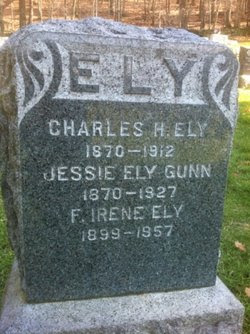It's 1904 and our studious friend,
René Bine, is enjoying the experience of studying medicine abroad. I have postcards from 1904, 1905, and 1907, so I wondered where he was during the 1906 earthquake. It turns out he was back in San Francisco for the cataclysmic event. In fact there are so many records, including passport applications, that it's pretty easy to find out where he was at any given time. More to come on that, of course. In the meantime, here he is living it up in Vienna in October, 1904.
The message on card #112 reads:
Thursday, October 6, 1904
Dear Folks,
I believe to-day is mail day, but no news is there to be had in spite of that fact. The same old monotonous facts prevail. We arise at 7 or 7:15 A.M. + after breakfast usually accompanied by umbrellas walk our 1/2 or a bit less to our Krankenhaus (hospital). Umbrellas, I emphasize, for it rains 3 mornings out of every 4, + on the 4th it is sure to be raining by noon, + on the other 3 days it usually stops sometime after 1 or 2 P.M. so that we can very accurately prophesy the weather here. - Then at 1:15 we come home, + 1:30 we eat. We have at our table, our Mt. Sinai friend, Dr. Hirschler, a Boston man Conlan who weighs 180 and is about 5 ft. 5 in., besides a lawyer from Vienna named Unger, a Dr. West from N.Y. etc etc but we enjoy most our man Conlan. He has an appetite that
(continued on next card)
does not beat mine, but he insists on taking all on his plate at once + yells Schnell at the girl (1 of his few German words) + withall is so serious that Paul and I roar even before his comical fat face - Then we have our Chicago Leschititzkyarian + a pretty sister, + we joshed them aided by Conlan so that they never know when we're serious. they are lots of fun. One is Unitarian, the other Presbyterian; their name Trumbell, one says is Scotch, + the other she says nay, + when one wished to throw something at me, the 2nd she held her arm - yes, the latter is the nicer of the two. On our off nights we get the pianist to spring a few Symphonies on us. She is really clever.
Say, when you write me more than 4 sides of letter paper, remember Jules has to pay 10 cents and I 10 cents here. So either weigh after.. or use much thinner paper + envelopes. Rec'd yours of 8th + 14th (Marie's) 2 days ago, ___'s Paris, none from anybody else. Even my wives don't write. I guess the new men have cut us out. Paul gets us the news however from here and home both.
Have you ever seen anyone write so much on a postcard? As for wives, he wasn't married yet, that was still several years off.
Here's the back of one of them; at that time no messages were allowed on the address side.
More to come...





































































